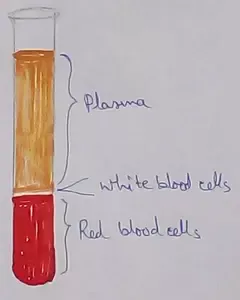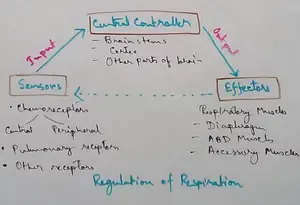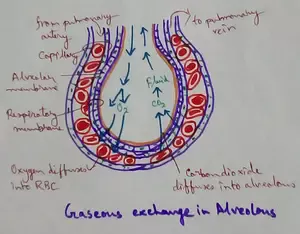Worksheet on Birds and its Food Habits
Worksheet on birds and its food habits contains various types of questions on feathers of birds, different types of beaks as well as movements of birds.
Read the concept to answer the questions on birds and its food habits.
I. Fill in the blanks:
(i) Birds use their _________ to fly.
(ii) Birds have strong _________ to flap their wings.
(iii) A bird uses its _________ to turn while flying.
(iv) The feathers of birds are of _________ kinds.
(v) Birds have a _________ to eat.
II. Write true for
the correct and false for the wrong statements:
(i) Most birds fly.
(ii) A heron has a long, pointed beak.
(iii) Ducks have webbed feet to swim.
(iv) A parrot cannot crack nuts.
(v) Crows perch on trees.
(vi) There are a few kinds of birds.
III. Answer the following questions:
(i) What helps a parrot to climb a tree?
(ii) What helps a crane to wade?
(iii) What are the main uses of the feet and claws of a bird?
(iv) Why does a crow not fall down from the tree while sleeping?
(v) Which birds have webbed feet? How are webbed feet useful to them?
IV. Match the columns:
(i) Strong curved beak (a) unable to fly
(ii) Sharp pointed beak (b) duck
(iii) Broad, flat beak (c) sparrow
(iv) Short, pointed beak (d) woodpecker
(v) Ostrich (e) parrot
Check the answers of worksheet on birds and its food habits:
Answers:
I. (i) wings
(ii) muscles
(iii) tail
(iv) three
(v) beak
II. (i) true
(ii) true
(iii) true
(iv) false
(v) true
(vi) false
III. (i) Parrots have two toes pointing upwards and two toes pointing downwards these helps them to climb a tree.
(ii) Cranes have long, thin legs with unwebbed spreading toes these help them to wade.
(iii) The main uses of the feet and claws of a bird is to catch their food and also to protect them from their enemies.
(iv) Crows have three toes in front and one toe at the back these help them to grip branches so tightly that they do not fall down from the tree while sleeping.
(v) Ducks have webbed feet. Webbed feet useful to them for swimming
|
IV. (i) Strong
curved beak (ii) Sharp pointed beak (iii) Broad, flat beak (iv) Short, pointed beak (v) Ostrich |
(e) parrot (d) woodpecker (b) duck (c) sparrow (a) unable to fly |
• Birds: Feeding habits, Nesting and Hatching
Worksheet on Birds and its Food Habits
Worksheet on Birds and its Feeding Habits
Worksheet on Nesting and Hatching of Birds
From Worksheet on Birds and its Food Habits to HOME PAGE
Recent Articles
-
What Is Plasma? | Blood Plasma | Proteins | Nutrients | Cholesterol
Nov 07, 25 10:29 AM
Blood is a mobile fluid which is a connective tissue and is derived from the mesoderm like cell any other connective tissue. Colour of blood is reddish and that flows inside the blood vessels by means… -
Disorders of Respiratory System | Tuberculosis | Pleurisy | Emphysema
Oct 28, 25 11:39 PM
Tuberculosis is very common disease and is caused by a type of bacteria called Mycobacterium tuberculosis. This disease causes different trouble in the respiration and infection of several parts of th… -
Regulation of Respiration | Respiratory Centres | Inspiratory Area |
Oct 14, 25 12:13 AM
Respiratory Centre is the area that controls the rate of respiration and it is observed to be located in medulla oblongata and pons. Respiratory Centre has the following will dispersed components like… -
Explain Transport of Gases | External Respiration | Tissue Respiration
Oct 09, 25 11:35 PM
In humans gaseous exchange is completed in the following ways the steps are - External Respiration or Breathing - Breathing in false taking in of Oxygen and giving out of carbon dioxide in the body. M… -
Kind and Number of Teeth | Location of Teeth in Mouth | Care of Teeth
Sep 11, 25 12:52 AM
Kind and Number of Teeth





New! Comments
Have your say about what you just read! Leave me a comment in the box below.